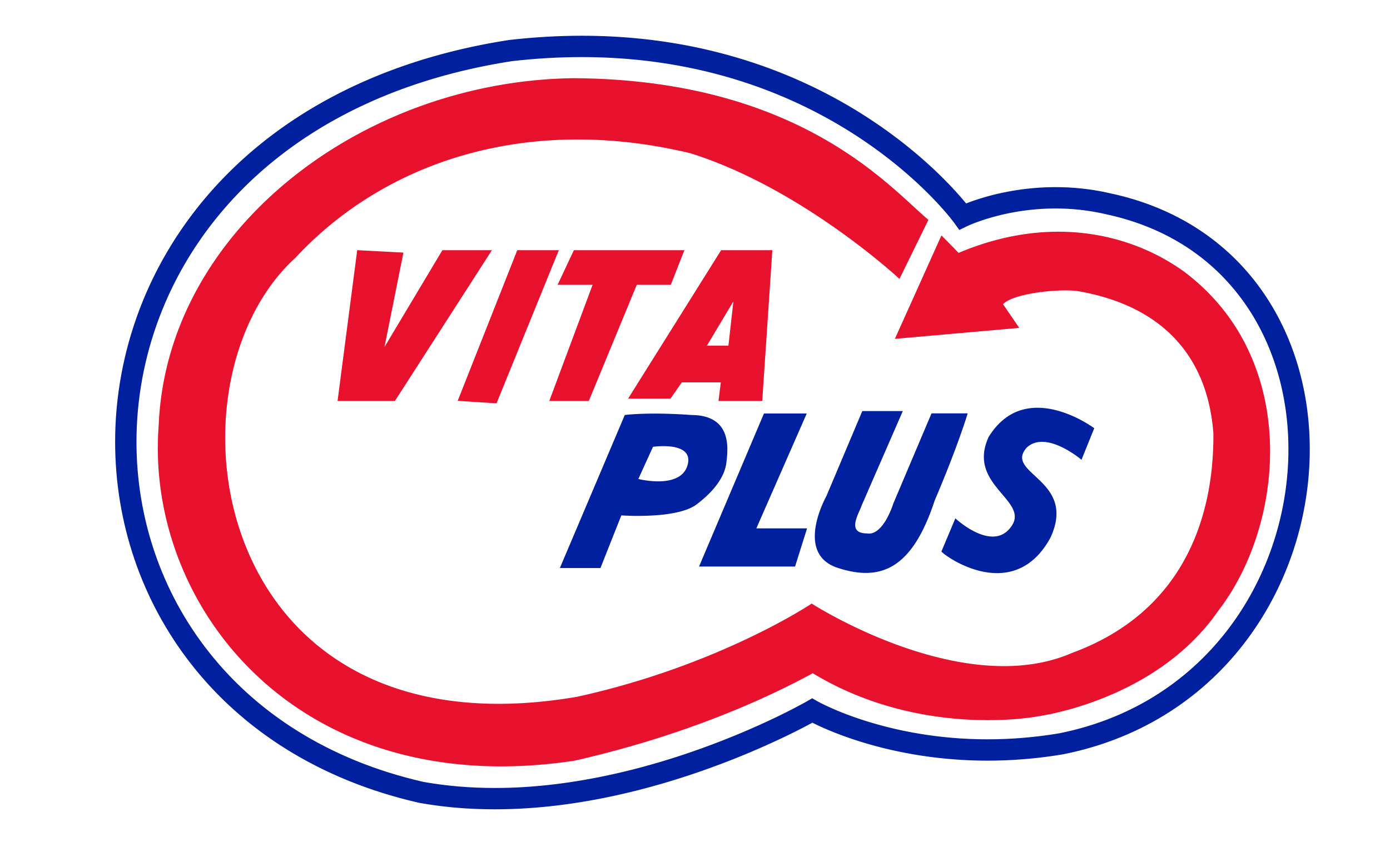
Nutrients lost through forage shrink have a real cost to your dairy. Here are 11 tips to efficiently harvest, pack, and cover your corn silage to reduce shrink and add dollars to the bottom line.
1. Safety is the most important goal. Plan and communicate for safe operation in the fields, on the roads, at the pile, and everywhere in between.
2. Prepare the storage site. Remove old feed, dirt and mud. Slope bunkers to shed water away from feed. Repair holes in bunker sidewalls to keep out oxygen.
3. Order enough research-proven oxygen barrier plastic (account for a 4- to 10-foot overlap at seams and an extra 3 to 4 feet at pile edges). Use a spool or other dispensing device to prevent damage to the plastic.
4. Get enough tires or sidewalls. Discard any with exposed steel cords so they don’t damage plastic or cause injuries. Stage them in a place where they can be quickly moved to the bunker/pile.
5. Line bunker sidewalls. Cut a used drag hose lengthwise and place it at the top of bunker walls to keep rough concrete corners from ripping plastic. Tie together a few tires/sidewalls and drape them over the plastic to keep it from blowing off while filling the bunker.
6. Use an inoculant that mixes quickly and easily. Your inoculant should be research-proven to promote an efficient fermentation, thus reducing dry matter (DM) loss and preserving valuable nutrients. If spoilage is a concern, work with your forage consultant for the right application of an inoculant containing L. Buchneri 40788.
7. Keep inoculant bacteria alive. Keep the solution cool with a couple of ice packs or frozen water bottles in the inoculant tank.
8. Set the processor and theoretical length of cut (TLOC) according to moisture content. Continue to monitor moisture and adjust as the season progresses.
9. Pack well. Packing density should be at least 15 pounds per cubic foot. To help achieve adequate density, the fill rate (tons per hour) should be less than the tractor weight (in pounds) divided by 800. Spread incoming forage in thin layers (6 to 10 inches). Packing tractor tires should pass over the entire surface before the next layer is added.
10. Cover efficiently. Overlap plastic so it sheds water from the surface instead of between the seams. Use heavy-duty duct tape or bag repair tape to hold overlaps in place until you put down the tires. If possible, place tires at the top of piles so the covering crew can carry them downhill versus uphill. Place tire sidewalls with the cut side up.
11. Again, BE SAFE. Silo gases are extremely dangerous, even in piles. No one should ever go beneath the plastic. If covering in the wind, workers should keep the plastic close to the surface and let go if a gust catches the plastic and their feet leave the surface. Focus on clear communication. Ensure all crew members get enough rest, eat and stay hydrated.



